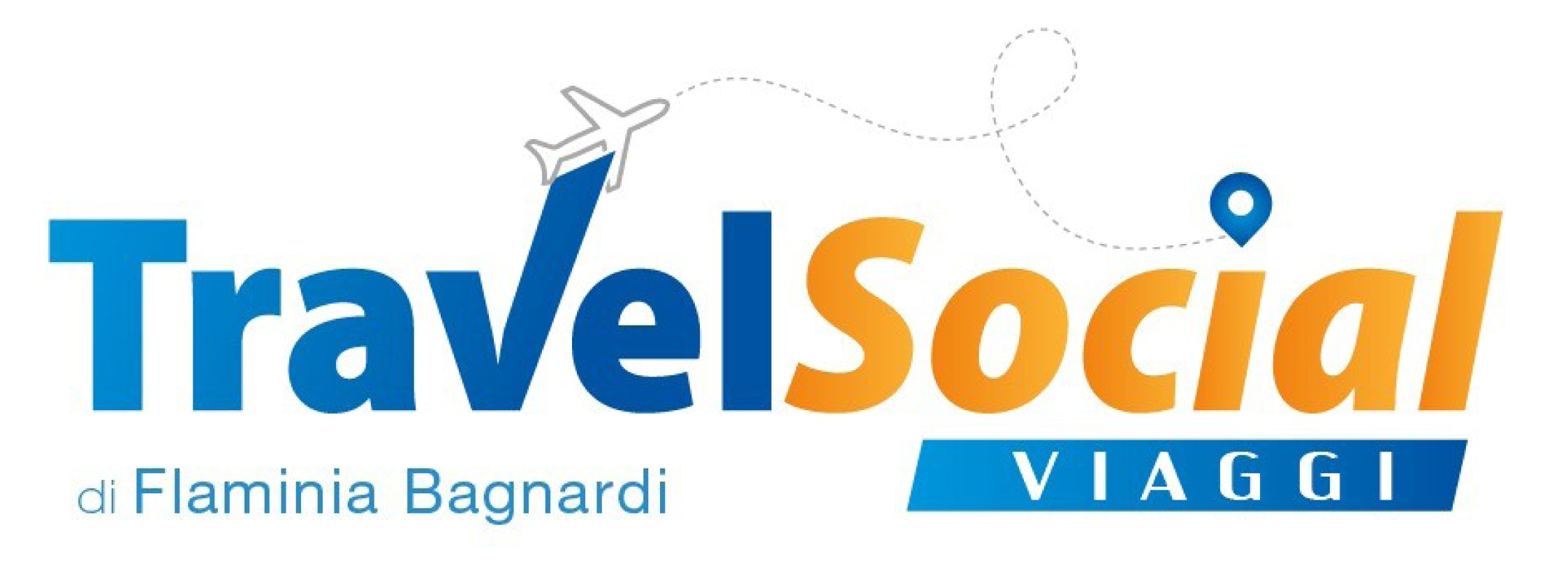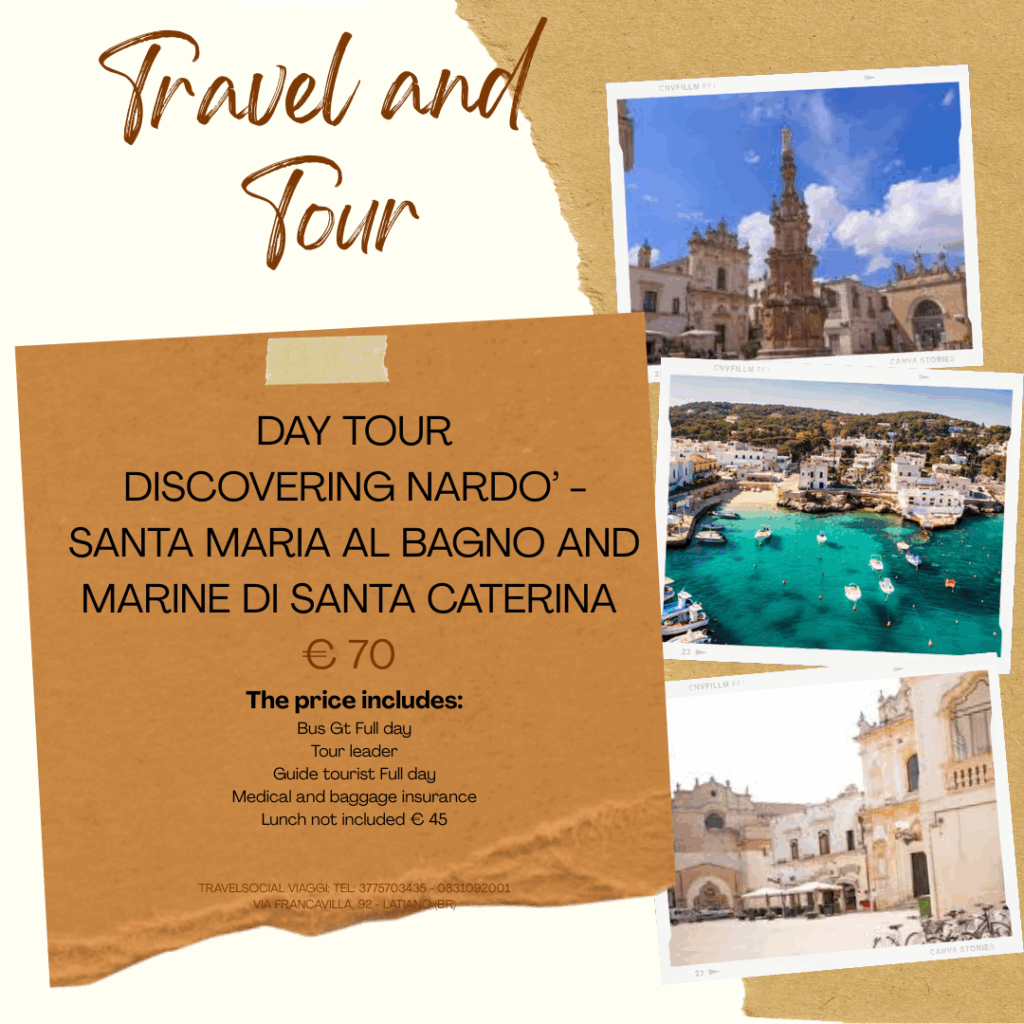Morning: Historic Center
Nardò, with its captivating historic center, will be the stage for compelling stories and art. The castle holds the history of the Acquaviva D’Aragona Dukes, feudal lords of the city. A visit to the castle’s underground passages reveals a blend of history and legend, offering visitors an emotional journey where they will come face to face with Duke Giangirolamo II Acquaviva D’Aragona, known as the “Guercio di Puglia,” as well as with prisoners once locked in the dungeons.
Visitors can also enjoy various exhibitions within the castle and the Museum of Rural Civilization—a leap into the past where tools, proverbs, and traditions bring the world of peasants, townsfolk, and artisans back to life.
The itinerary continues with the 19th-century botanical garden, partly planted in the ancient castle moat, which hosts typical plants from tropical, cold, and temperate climates, and the noble palace once owned by the Acquaviva family. Strolling through the historic center, one can admire the beautiful Piazza Salandra, where stories intertwine—from the revolt of the people of Nardò against the “Guercio di Puglia” in the 1600s, to the earthquake that struck the city in 1743, and the miracle of Saint Gregory.
Art bursts from every street in the city among churches, courtyards, and palaces: the Cathedral, which tells centuries of history within its walls; the Church of San Domenico, whose facade is rich in symbolic allusions; the courtyard houses decorated with intricate “mignani”—a legacy of a not-so-distant past; and the many noble buildings that line the city’s streets. Legend and history blend in the tales of the city of Nardò.
Don’t miss a stop at the Museum of Prehistory, which features archaeological finds from the caves of the Porto Selvaggio Park—the cradle of the first Homo Sapiens.
Afternoon
The Eclectic Villas / The Seaside Villages of Santa Caterina and Santa Maria al Bagno
Between the urban center and the coast lie the beautiful eclectic villas built by Nardò’s bourgeoisie in a holiday area known as “Le Cenate.” These villas were constructed between the late 19th and early 20th centuries, clearly reflecting a 19th-century revival of various architectural styles.
Villa del Vescovo, in neoclassical style, was once called “Cinata di Monsignore,” a reference to the church figure who commissioned it. In fact, the building was ordered in 1755 by the Bishop of Nardò, Marco Aurelio Petruccelli, and completed in 1838 by Monsignor Salvatore Lettieri. The entire villa is surrounded by Italian-style gardens in the front and English-style gardens at the back.
Villa Saetta was commissioned in 1891 by Knight Lorenzo Saetta and designed by architect Carlo Luigi Arditi. Built in neo-Gothic style, with neo-Moorish elements, it features a floor plan with symmetrical rooms developed around a central hexagonal entrance hall.
The itinerary continues with a visit to the seaside areas. From Santa Caterina, with the Portoselvaggio Park—an open-air museum featuring numerous Paleolithic caves and coastal towers—to Santa Maria al Bagno, a small seaside village that in 1943 became the logistical center for Camp No. 34, or Santa Croce Camp. This facility, set up by Anglo-American forces, welcomed Holocaust survivors en route to the future State of Israel.
The Museum of Memory and Welcome hosts murals by Zvi Miller—a living testimony of a little-known chapter in history. The murals depict the journey of the Jewish people from concentration and extermination camps to the Promised Land.
€ 70
The price includes:
Bus Gt Full day
Tour leader
Guide tourist Full day
Medical and baggage insurance
Lunch not included € 45



